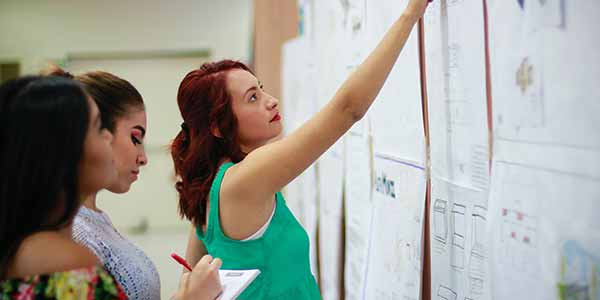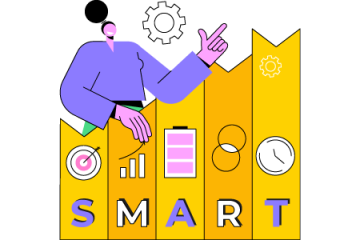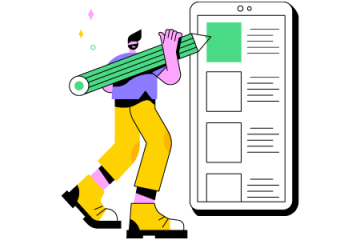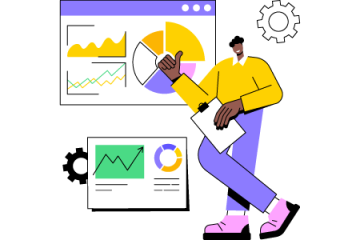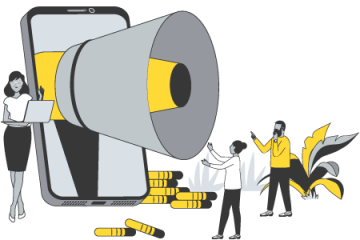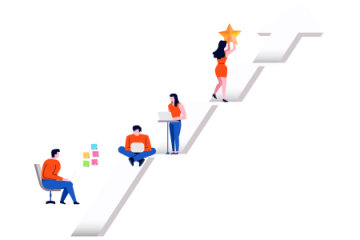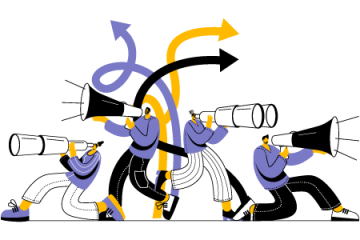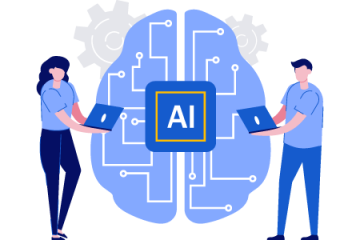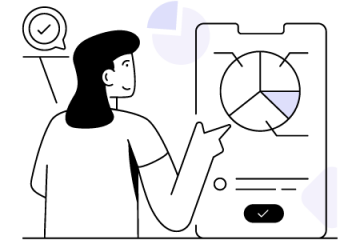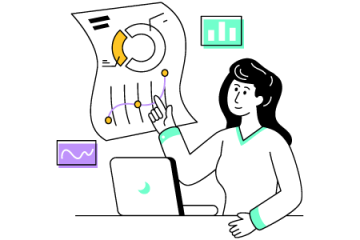Online learning has taken the center stage today supported by technological innovations. Students use these online learning venues very openly as they seem to solve the problems that existed in traditional learning. The education system in our country has been surviving on pillars of traditional ways of learning for decades. With technology taking over almost everything, online learning is one of the boons of technical advancement. It is being slowly adopted by educational institutions and learners as well.
Before we come to discover the fact which one is better than the other it is important that we know what do these terms comprise and how are they different from one another.
Traditional learning
Traditional education is the teacher-centered delivery of instruction to classes of students who are the receivers of information. Thus traditional learning revolves around traditional practices like maintaining a notebook, copying down study material from the blackboard in classrooms, and referring to assigned textbooks. This form of teaching is prevalent in the classrooms across the country.
Online learning
Online learning refers to all form of learning that uses the internet as a medium. The teacher may be present in these videos, or only their audio may be present. Online teaching has a lot of benefits.
Usage of charts, pictures, maps, diagrams and videos to transfer knowledge make online learning as an effective method of learning.
If we have to talk about which of these methods of learning is more effective we must consider the impact of the method in the first place. Let's say we have to teach about the solar system.
In traditional learning, the teacher in the class reads out the text from the book and orally explains what it is about.
In online learning, the teacher can use a documentary or a short film, physical model, pictures or charts to explain the topic.

Learn Maths Online
As the saying goes, “A picture is worth a thousand words”, an image has an insightful impact on the brain of a learner. When we are learning through visual means we tend to use a large portion of our mental power. This is because of the fact that a major part of your brain is devoted exclusively to process visual information which makes information retention easy and effective. Thus our mind will be able to recapitulate a picture faster when compared to simple text.
Comparison of traditional learning vis-à-vis online learning
Engaging capability and concentration
Learning can both be monotonous and fun depending upon the method of learning. It is obvious that any classroom lecture is less captivating than any mode of online learning. Visual modes bind the learner through graphics and interesting or informational insights which is way more engaging and not monotonous as black and white texts books.
Studies state that concentration level in learners accelerates through online learning because of its engaging capability which contains the fun element of learning in the process.
Traditional learning, on the other hand, depends highly on how well the teacher handles the class through creative ways. If a teacher does not bring creativity in any way of teaching, the engagement and concentration level of a student falls drastically.
Retention and understanding
Learners are able to connect with pictures and videos in a better way than plain text. Hence it becomes easy to understand what is being explained. Retention is in some way directly proportional to the level of understanding. It is a proven fact that we retain what we see well than what we read. So we here again give a bonus point to online learning.
However, two-way communication is a big challenge in online learning and the teacher may not well understand what all is going in the student's mind. With this lack of understanding, online learning may fail to deliver the concepts easily.
This is not the case with traditional learning as a teacher can connect with students easily and support them in absorbing concepts better than online learning.

Social interaction
Social interactions pave way for critical thinking through discussions and intriguing personal opinions which conduces insights to the learner. This factor makes its space in classroom learning but not in some modes of online learning.
In the classroom, students are able to build their identity and personality besides other classmates and interact socially. This facilitates them to communicate and mix well with other people. Social traits become very important as students move out of their homes to either colleges or even for jobs.
Impact of audio and visual tools
The use of such tools along with different fonts and graphics helps to capture learner's attention. It also helps in keeping the information transferring process as interesting as possible. The traditional method of learning lacks such tools and online learning uses such equipment more effectively.
Providing audio-visual tools is an expensive affair for schools and the teachers also are not really trained to use them effectively. If teachers in traditional learning start using these audio and visual tools, they would become the most preferred way of learning and would completely overshadow online learning.
Learning time
One minute of classroom time does not equal one minute of online training. Online learning takes anywhere from 40 to 75% less time than traditional learning. The reason for the reduction in time is because the students skip the portions they feel either they know or have understood. This allows them to learn concepts at a faster rate.
However, it can also mean weaker basics as students rush through topics. Traditional learning although slow gives steady and strong learning.
Flexibility in learning
Online learning provides a lot of flexibility in learning as students can take to studying as per their own convenience. However, in traditional learning, the class schedule is rigidly fixed and students are bound to honor this leaving no room for flexibility.
With flexibility in online learning, students can plan the day easily. However, the lack of flexibility in traditional learning brings discipline in students.
Level of personalization
Traditional learning can be more personalized as it allows interaction between students and teachers at a much personal level. Online learning may not be as personalized as classroom learning for it is made for masses.
Personalization of teaching provides more deep learning opportunities for students and is thus preferred by both students and parents.
Discipline in kids
Traditional learning brings a lot of discipline in students who are under the scanner of a teacher on a continuous basis. The behavior of the kids is monitored and corrected simultaneously. This is not possible in online learning as a student's behavior is not really checked and instead, the focus is solely on teaching.
Online learning takes a high road with the prospects of e-learning subsided within. E-learning is one of the best ways to learn and grow.
Advantages of online learning
Society is digital, so learning should be too
In online learning, you never run out of content. Information from all the sources is available at a click, which is time-consuming and practically impossible with traditional learning. The amount of content, video tutorials is so much that makes the choices can be difficult.
Save time, cost and energy
You save a lot of time, cost and energy with online learning and can work out according to your convenience too. There are a lot of free video tutorials available online which students with a simple mobile and internet facility can use.
Imagine the benefits it provides to students in rural regions of India.
Easily repeat the online lectures
If you don't understand a concept, repeat it as many times as you want. This is not possible with traditional learning most of the time. Students will not be judged for repeating the video lectures and you can study at your pace.
There are lots of advantages to both traditional and online learning. The best solution, however, would be a good mix of both the modes of teaching. With the growth of digital mediums, online learning has definitely made space for itself and supports traditional learning beautifully.


